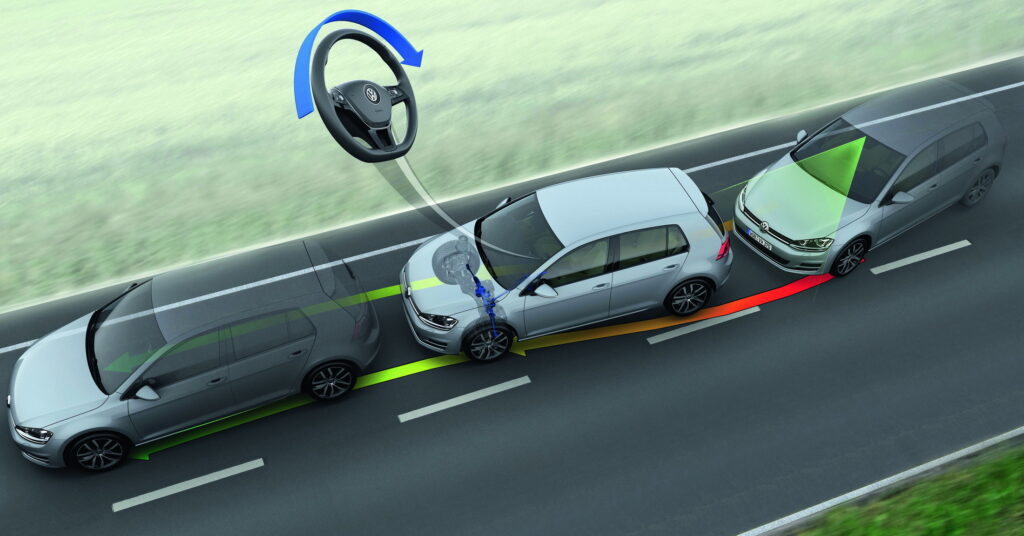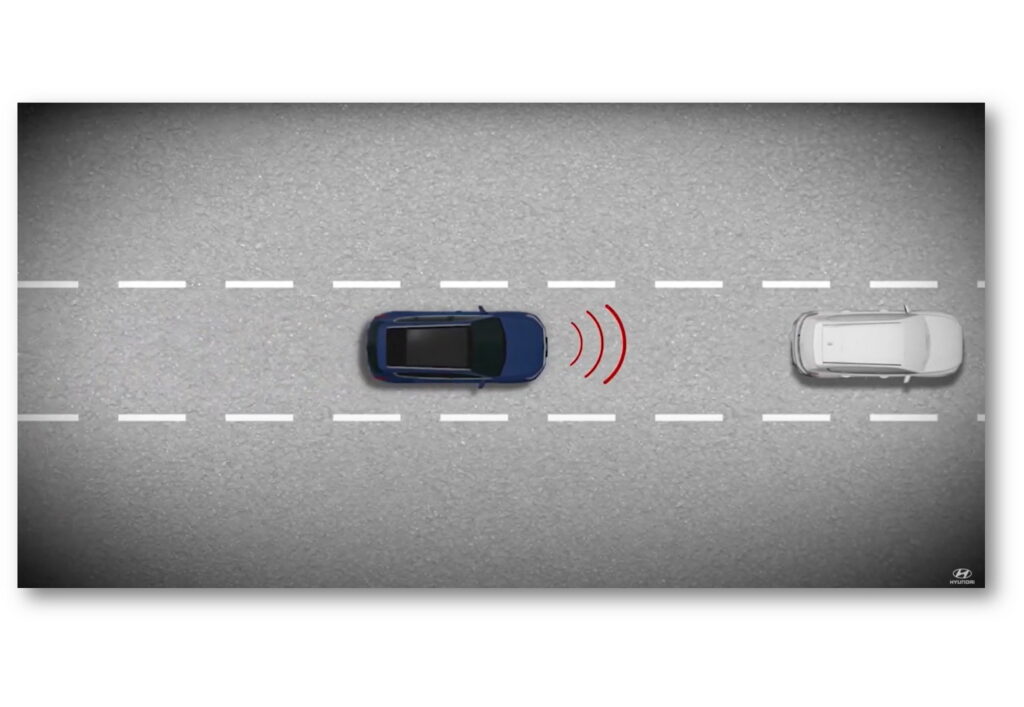The dangers facing American drivers are currently at historically high levels, but advancing active safety technology could help avoid many tragedies. New data from AAA finds that advanced driver assistance systems (ADAS) could save hundreds of thousands of lives over the coming 30 years.
The AAA Foundation for Traffic Safety recently published the findings from a study examining the potential benefits of systems such as collision warning, automatic emergency braking, lane departure warning, and more. It found that they could help prevent 37 million crashes between now and the year 2053.
That would have the likely effect of avoiding 14 million injuries, and saving 250,000 lives over the same period of time. That would amount to a reduction of 16 percent in crashes and injuries, and 22 percent in deaths, from what AAA predicts would otherwise occur.
Read: Texas Asks Drivers To Slow Down, As Speed Is Number One Cause Of Crashes

“The findings from this latest study on the AAA Foundation’s work in emerging technologies suggest that ADAS have the potential to transform road safety,” said Dr. David Yang, president and executive director of the AAA Foundation. “However, the full safety benefits of ADAS will not be realized unless they are fully understood by the consumer, used properly, and widely adopted.”
To reach those findings, researchers first had to forecast crashes, injuries, and deaths on American roads for the next 30 years. It used data from 2017-2019 to predict future road safety, which it admits does not account for changes in road conditions that are unrelated to ADAS technologies.
Then, the team had to develop a model to predict how likely active safety systems are to prevent a crash. That required them to look at the probability of each vehicle possessing ADAS technology, the chance that it would be in use, how likely the technology is to actually prevent a crash, and much more.
Each factor is influenced by an array of other complications, but the team tried to look at existing research on ADAS technology to come to its conclusions. While AAA admits that there are limitations to the study, it’s clear that the technology will benefit American drivers’ safety, even if it can’t prevent every accident that is likely to occur.
“The future for ADAS is bright, but it’s not a cure-all,” said Jake Nelson, AAA’s director of traffic safety advocacy. “While these technologies offer substantial safety benefits, we cannot engineer our way out of traffic injuries and deaths on U.S. roads. Investments in a diversity of proven traffic safety measures, including but not limited to vehicle technology, is in order.”





